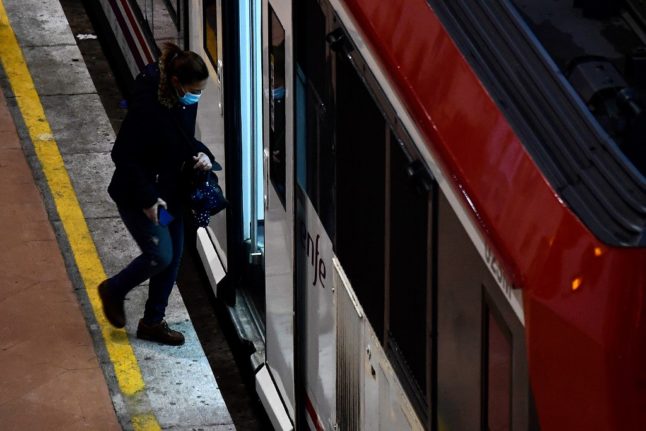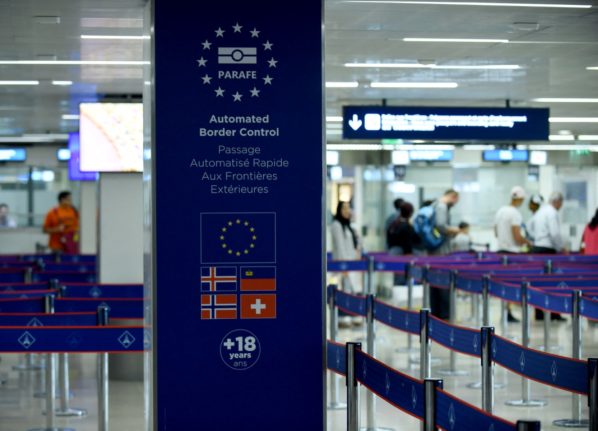Renfe has changed the terms and conditions of reservations on its free travel offer for regional Media Distancia services, valid until the end of 2022, in order to avoid ‘ghost reservations.’
Announced by Spanish Prime Minister Pedro Sánchez during the ‘State of the Nation’ debate in the Spanish Congress in August, the free multi-journey ticket scheme is an offer on some trains operated by the state-owned train network, Renfe, including Cercanías, Rodalies (Catalonia), and Media Distancia (local and medium-distance journeys).
READ MORE: All you need to know about Spain’s plan for free train tickets
READ MORE: GUIDE: How to get free train tickets in Spain
But some passengers have been abusing the offer, it seems, by block booking tickets and never using them. In response, Renfe have tweaked their terms for taking up the offer on Media Distancia journeys.
Unlike on the Cercanías and Rodalies routes, which are also included in the free travel offer, on Media Distancia routes it is possible to reserve a seat, and some travellers have been making more than one reservation on the same route for different times through the day or week in order to secure a place, and then choosing the most convenient departure.
As a result, many services were fully booked with ‘ghost reservations’ days before their departure and preventing passengers who needed to buy a ticket from being able to do so.
This loophole was particularly widespread on regional routes in Galicia and Castilla-La Mancha, and from now on, Media Distancia customers can only buy tickets for a maximum of four daily trips (two return journeys) on Media Distancia trains, and can only buy the return journey when the initial journey has been made.
READ MORE: TRAVEL: Tourists in Spain will also be eligible for free train tickets
“It is a question of guaranteeing the good use of the free passes for recurrent travelers and that as many people as possible can benefit,” Renfe sources said in the Spanish media.
READ ALSO: How much can you save on public transport in Spain with the new state discount?
Renfe’s free train travel offer came into force on September 1st and will end at the end of the year, on December 31st. In order to obtain the offer, travelers must pay a €20 deposit that is returned at the end of the year if at least 16 trips have been made during the offer period.
According to Spanish newspaper El País, as of Monday September 12th, Renfe had already issued over 1 million free passes for Cercanías and Media Distancia trains.



 Please whitelist us to continue reading.
Please whitelist us to continue reading.
Member comments